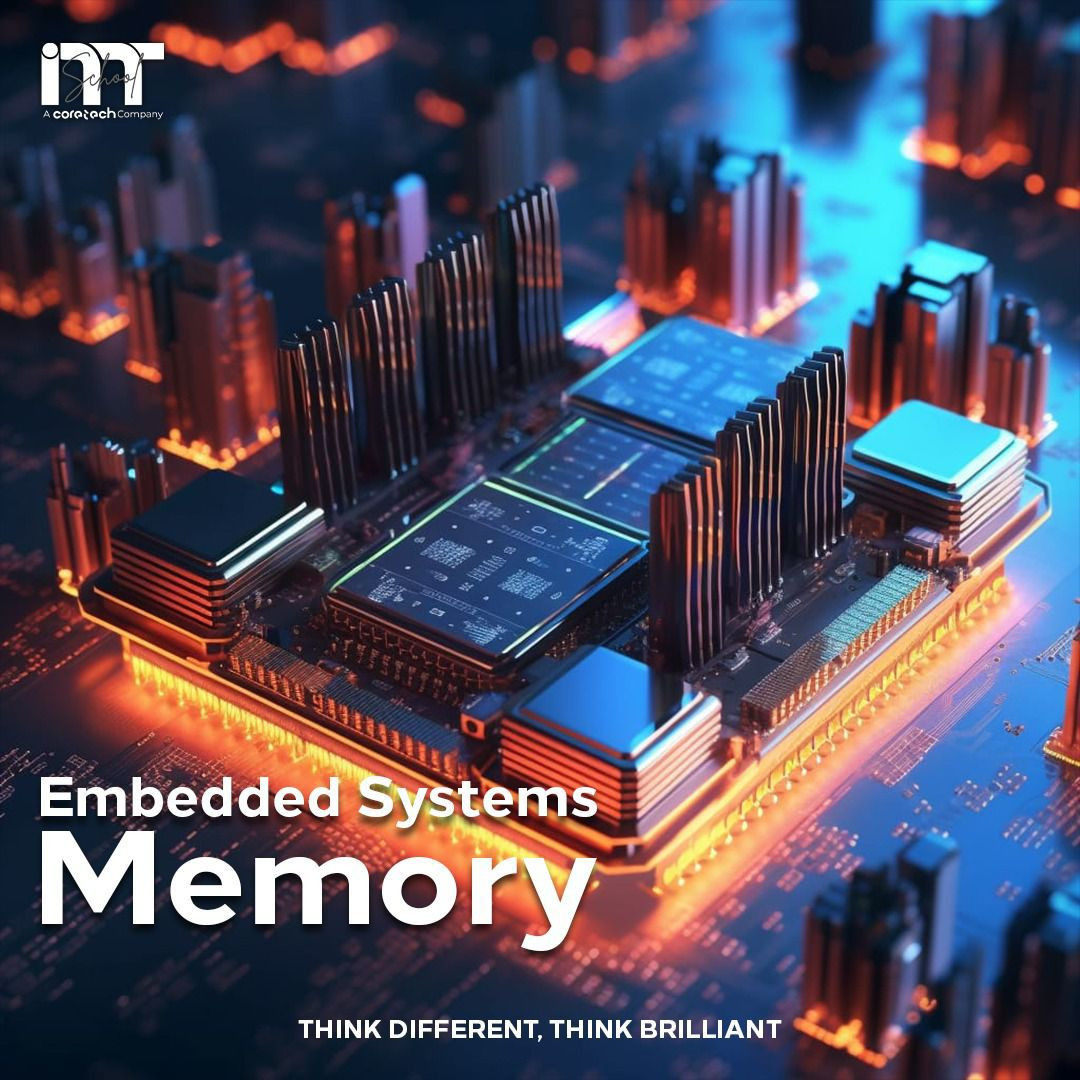
Memory
Dive into the World of Memory in Embedded Systems! 🔥
Embedded systems are at the core of countless modern devices, and one of the essential components that make them tick is memory. 🧠 Let's explore the importance of memory in embedded systems and the different types commonly used. 💡
🌟 Memory in embedded systems serves two main purposes:
-
Program storage: To store the firmware, which includes the executable code and constant data.
-
Data storage: To store variables, temporary data, and runtime information.
📚 Different types of memory in embedded systems:
-
ROM (Read-Only Memory): Non-volatile memory used for storing the firmware. It retains data even when the power is off.
-
RAM (Random Access Memory): Volatile memory used for storing temporary data and runtime information. Data is lost when power is removed.
-
EEPROM (Electrically Erasable Programmable Read-Only Memory): Non-volatile memory that can be electrically erased and reprogrammed, ideal for storing configuration settings or data logging.
-
Flash Memory: Non-volatile memory that combines the advantages of ROM and EEPROM, allowing fast reading and flexible erasing/programming.
🚀 Why is memory crucial in embedded systems?
-
Efficient memory management ensures optimal performance.
-
Selecting the right type of memory can help minimize power consumption, improve system reliability, and reduce costs.
-
Proper memory allocation and usage can prevent issues like memory leaks, which can cause instability and crashes.





